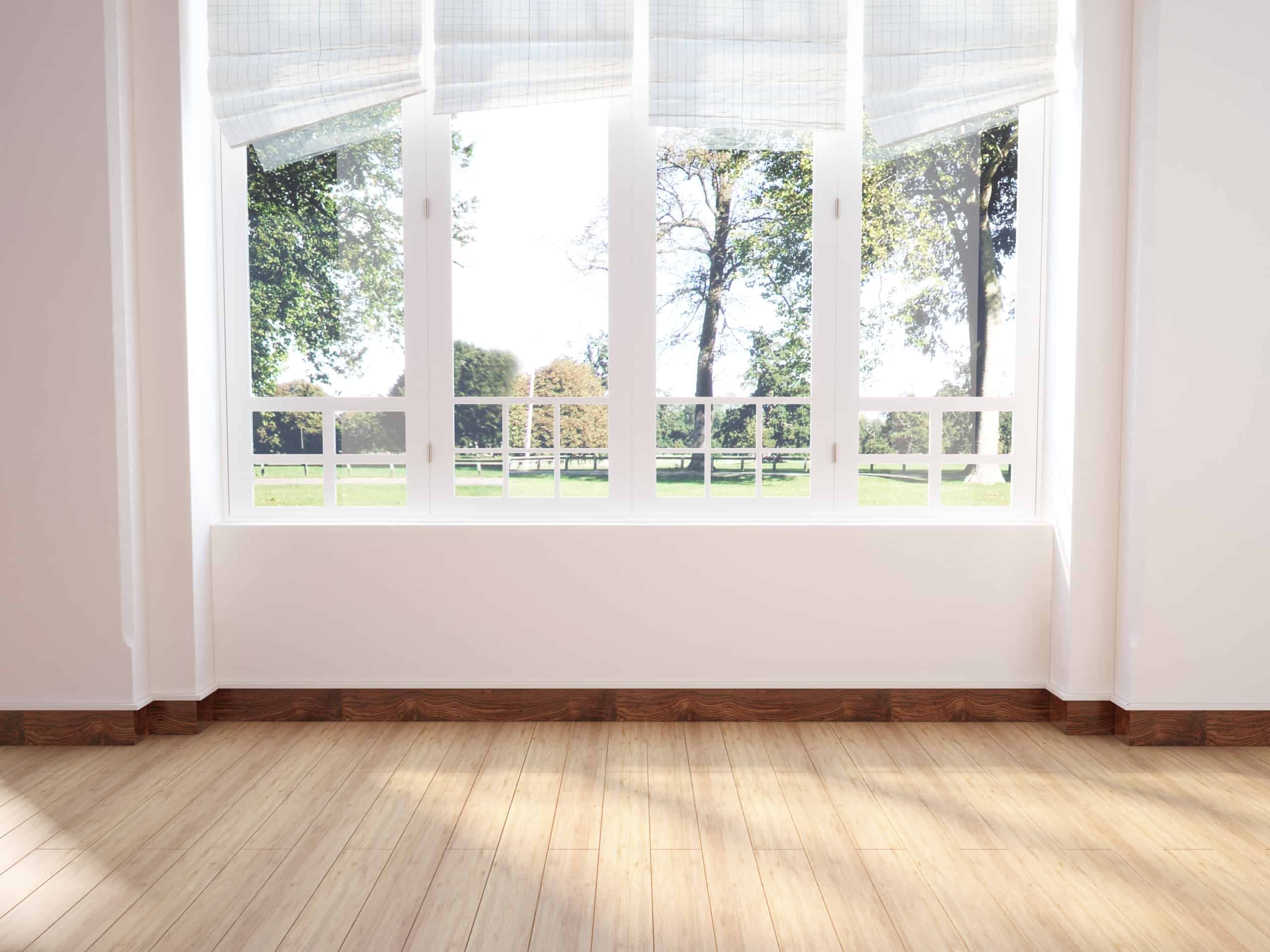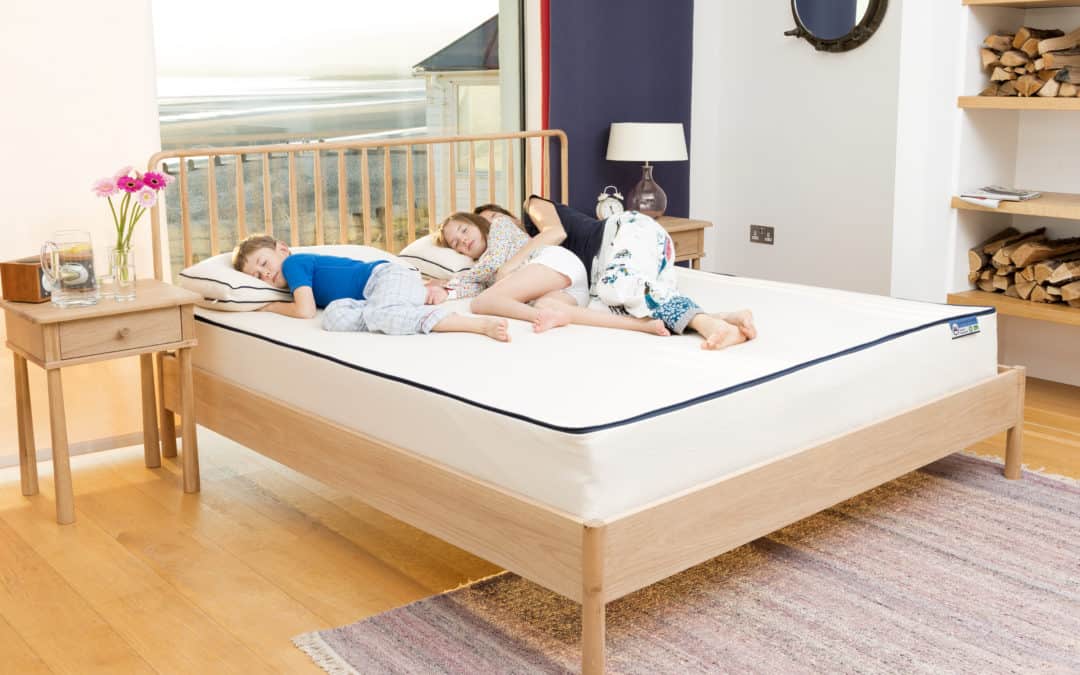According to statistics gathered by Allergy UK, roughly 20% of the UK population is affected by at least one allergy or allergic disorder. Some, like hay fever, are seasonal, whereas others can affect us all year round. Symptoms can range from mild sinus irritation and watery eyes, to more severe and frightening reactions like anaphylaxis.
- Grass, tree and plant pollen (allergic rhinitis)
- Dust Mites
- Animal dander (tiny flakes of skin, or hair)
- Food (commonly peanuts, seafood, dairy, soy, or wheat)
- Insect bites or stings
- Medicines
- Chemicals
- Mould
What is an allergy?
An allergy is when the body has an atypical reaction to a particular substance, which would be harmless to most people. For instance, whilst peanuts are harmless to the majority of the population, a person with a severe peanut allergy’s immune system will perceive the substance as harmful.
The body then releases an increased number of antibodies to ‘attack’ the allergen. Often, an allergic reaction will have symptoms such as wheezing, coughing, or a runny nose. Skin complaints or rashes may also appear, if an allergen is applied to a person’s skin.
The most serious kind of allergic reaction is anaphylaxis, or anaphylactic shock, which is characterised by difficulty breathing, an elevated heart rate, clammy skin, and the person may even collapse or lose consciousness. Anaphylaxis is rare, and most frequently associated with allergens such as peanuts, traces of which can sometimes be found in foods where they are not listed as an ingredient.
Bedroom Allergies

Although we may consider allergens to be more common outdoors (such as pollen and mould), there are a number of allergens that we live with in our homes – and particularly, our bedrooms.
Although pollen may affect us more outdoors, pollen and mould spores are airborne allergens that can still be found indoors (though perhaps in smaller amounts). Other common indoor allergens include household cleaning products, pet dander, and dust mites.
Many people in the UK report having an allergy to dust, and may find themselves sneezing and coughing in places that it is commonly found, like garages and attics. However, it may not be the dust that is the culprit – but what’s lurks inside it.
Dust Mite Allergies
Dust mites are microscopic insects which measure less than one third of a millimetre in length. Invisible to the human eye, they thrive in warm conditions and can often be found living in fabrics such as furniture upholstery, carpets, and most commonly, mattresses.
It’s beneficial for dust mites to live close to humans, particularly in their bedding, as they can feed on the microscopic flakes of skin which we shed as we sleep. They are more or less harmless, but a protein found in their waste can trigger allergies, asthma, and other forms of irritation such as skin complaints.
The fact is, most homes, mattresses, and even household dust is likely to contain these harmless dust mites. However, if you find yourself suffering from year-round allergies that are affecting your sleep, there are steps you can take to minimise the effects of your dust mite allergy – and any other common bedroom allergies you suffer from.
How to Reduce Allergens in the Bedroom
Although it’s not possible to purge every single allergen from your home, there is plenty you can do to reduce allergy triggers in the bedroom.
Here are our top five tips for creating an allergy-safe space to sleep.
1. Be careful when opening windows
Although it can be good to open windows and let air circulate, if you do this early in the morning there is often more tree and grass pollen in the air. These air-borne allergens can then settle in your bedroom and cause irritation as you sleep.
When opening windows to air out a room, try to do this in the late afternoon or evening, when the pollen count tends to be much lower.
2. Create a no-go zone for pets
As much as we love our pets (and they love to be our little shadows!), it’s wise to keep your cats, dogs, and other furry friends out of your bedroom. As well as shedding hair which get all over your bedding and irritate your nose and eyes, the skin they shed can also be a trigger for allergic reactions.
As lovely as they are, keeping the area you sleep free from pet dander can really benefit people with allergies.
3. Clean often, with allergy friendly products
As well as pet dander, it’s a good idea to try to limit a build-up of excess dust in your bedroom. Hoovering the carpet and changing your bedding once a week will keep dust to a minimum, while regularly wiping surfaces with an allergy-friendly cleaning spray will prevent it from settling.
4. Monitor humidity
High levels of humidity in your bedroom makes the perfect breeding conditions for dust mites, mould, and other allergens you’d rather not spend the night with! Regularly air out your room and avoid things which can contribute to humidity, such as damp towels or clothing on the radiator.
There are also a number of air purifying filters and dehumidifiers on the market, which can be a great investment if you’re particularly allergy-prone, or humidity tends to build up quickly in your home.
5. Invest in an anti-allergy mattress and allergy-friendly bedding
Anti-allergy mattresses are manufactured using materials which are allergy-friendly, or allergen-free. They’re made without unnecessary chemicals such as flame retardants or dyes, which can cause irritation to those with asthma, allergies, and sensitive skin.
Keep an eye out for natural, organic materials when you purchase both your mattress and bedding, and check product descriptions and customer reviews to see whether they are a good choice for allergy sufferers.
Choosing an Anti-Allergy and Anti-Dust Mite Mattress
With such a large number of mattresses on the market claiming to be anti-allergy, it can be tricky knowing where to begin when it comes to choosing the right mattress. We’ve included some handy tips below, to help you find a mattress to give you a great, sneeze-free night’s sleep!
Buy from a reputable mattress brand – and never buy second-hand!
Although at Una Organic we are passionate about sustainability, mattresses and bedding are two items which we really wouldn’t advise buying second-hand. They can be home to a larger-than-average number of dust mites, or even something much nastier, like bedbugs, which can infest your entire home.
When you purchase a mattress from a trusted seller, you can buy in confidence knowing where the mattress has come from, what materials it is made with, and which chemicals have been used in its production.
Not to mention the fact that the average person emits about half a pint of sweat per night, as well as up to one pound of dead skin per year! Even with a lightly used mattress, sleeping on a used bed isn’t the most appealing thought.
Check the mattress’ anti-allergy credentials
When choosing your mattress, check the product description to see whether the mattress is hypoallergenic, anti-allergy, or suitable for allergy sufferers.
Customer reviews are also a great place to look. Often, allergy sufferers will recommend products that have worked well for them, as they know better than anyone the pain of waking up each morning with watery eyes and a stuffed nose!
Opt for an anti-dust mite mattress, made with foam
The materials used in the making of a mattress are extremely important to consider if you struggle with allergies. Mattresses made with synthetic fibres can aggravate existing allergies, whereas traditional cotton fillings can leave a lot of empty space for dust and dust mites to penetrate.
Foam, particularly natural latex foam, is a great mattress material due to the tight cell structure which is difficult for dust mites to penetrate. However, it is still highly breathable which allows excess moisture to escape, and prevents other allergens such as mould from forming.
Choose an organic, chemical-free mattress
Even if you choose a great quality, foam mattress, you may find that you are still sensitive to certain chemicals that are used in the manufacturing process – for instance, flame retardants, or bleach used in the mattress cover. Choosing an organic mattress, with no unnecessary chemicals or treatments, can help you to keep your sleeping surface clean and allergen-free.
Look for certifications from approved organisations, such as the Global Organic Textile Standard, to ensure that your product really meets the gold standard for organic, anti-allergy mattresses.
Try an Una Organic Mattress
95% of foam mattresses on the market are made with chemicals foams, harmful fire-retardant chemicals, and microplastics which are released into our homes, and oceans.
At Una Organic, we are not only passionate about the planet, but about providing the best night’s sleep possible for our customers, and their families. Our natural latex foam mattresses are certified organic, and made from sustainably and ethically farmed latex. Good for you, and good for the planet!
We offer customisable firmness options, as well as natural latex pillows, mattress toppers, and even Junior and cot mattresses too. You can browse our full range on our website, or visit our 10 Reasons page, to see all the benefits of choosing an Una anti-dust mite mattress.
Anti-Allergy and Anti-dust Mite Mattresses: Final Thoughts
At Una Organic, we’re dedicated to setting the gold-standard of organic, anti-allergy mattress manufacturing, by providing a mattress which is free from toxins, all-natural, sustainable, eco-friendly and hypoallergenic.
Try Una mattress today, and discover a healthier, more natural, and sustainable lifestyle. We offer mattresses to fit every budget, from the Una Mattress™ Organic Mattress Essential to the extra luxurious Una Mattress™ Organic Mattress Delux.
If you’d like to learn more, feel free to visit our website or check out our Una organic mattress blog for advice on better sleep, reducing distractions, and living a more eco-friendly lifestyle. If you’re in the market for a new mattress, but aren’t sure whether you’d prefer one that is firmer or softer, you may like to start with our complete guide to mattress firmness.

